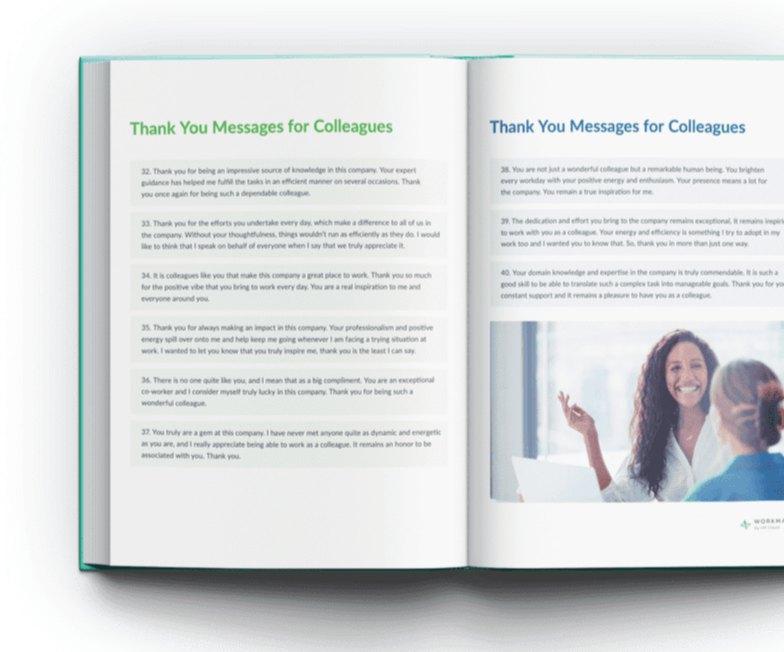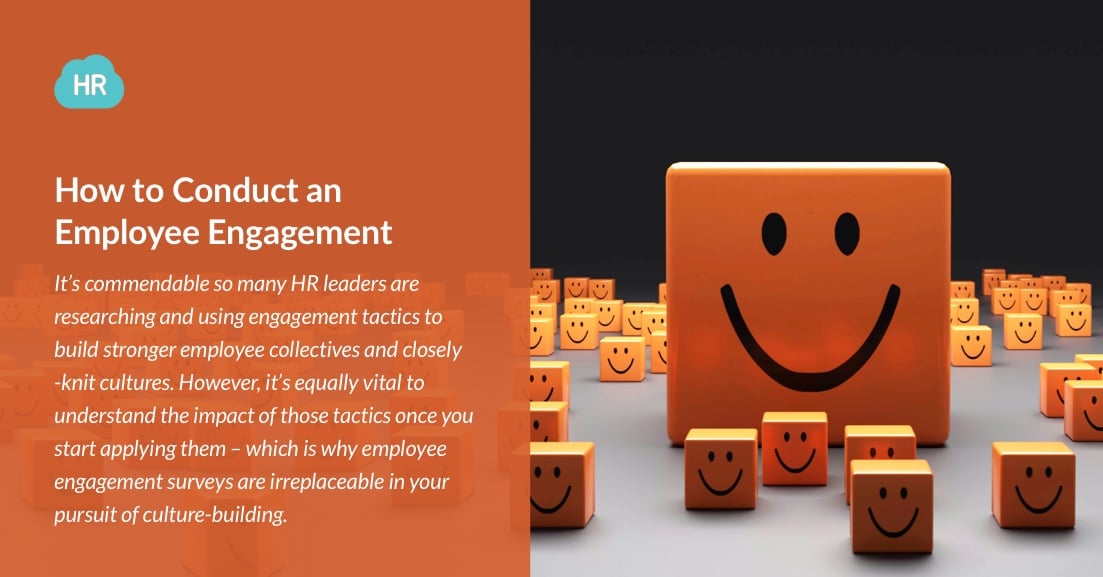We all know the “whys” of investing time and creativity in engagement strategies. Engaged teams perform better, are more satisfied with their jobs, thus reducing turnover and issues in the workplace. And yet, research by Gallup shows that only 36% of employees are engaged, with 51% of them being disengaged, and 13% actively disengaged – meaning they are downright disheartened.
You may think that your employees cannot possibly fall into that category, but keep in mind that you can’t know that without doing your research. As an HR expert yourself, you know that any culture is a living, breathing thing. It changes over time, and the more you understand those changes and your employees’ evolving needs, the more effective your engagement strategies will become.
To collect the relevant data and insights on how engaged your employees are, you should start by setting up an engagement survey. Here’s how you can conduct an effective survey to measure employee engagement, what kind of survey content to focus on, and above all, take action on those results.
Step 1: Choose the best format
Employee engagement is a wide term encompassing so many different puzzle pieces. Depending on the size of your business and your industry, you most likely have an idea as to what could be causing stress in the workplace. The best surveys combine targeted questions to explore such issues further and those that are open-ended enough to give your people room to express their unique points of view.
Once you determine what you’re measuring, you need to choose the how. You don’t want to agitate your employees by sending out a survey that will take an hour to complete and take ages to load all the pages and questions. To save them all that time and hassle, you can use accelerated mobile pages (or AMP) to embed your survey in the email and provide them with interactive, fast-loading questions on the spot.
Your employees can then fill out the survey at their own pace without waiting for endless pages to load. Make sure that it doesn’t take too long to complete. It’s better to send out several surveys over a period of time than to overwhelm your employees in one go.
Step 2: Make sure everyone is included
Do you have contingent workers? Seasonal staff? What about remote workers? All the people that contribute to your organization one way or another shape its culture and affect employee engagement levels. Excluding them from the survey would provide an incomplete picture of your work environment.
Add questions to help you learn how to engage remote employees as well as your on-site staff. They all work together, so any negativity among your off-site workers will spill over into all their interactions. This inclusive approach in surveying your teams will provide you with actionable data specific to different departments as well as collaboration models.
The 40 Best Thank You
Messages for Colleagues
building a positive and engaged culture at your company.

Step 3: Assess your internal mentorship programs
Every experienced HR manager knows that mentoring increases employee engagement by strengthening healthy communication, knowledge exchanges and building a supportive work environment. However, not every expert is a good teacher, and not every employee responds to the same learning tactics, let alone learns at the same pace as everyone around them.
As certain as you are about your mentorship programs, add them to your employee engagement survey. Ask your teams to suggest changes to how your business implements mentoring among teams and employees. This willingness to uncover the shortcomings of your best engagement strategies will be invaluable in improving how your employees work, collaborate, and communicate.
Step 4: Look for applicable, expert insights
If someone has been with your business long enough to earn a director role, you might feel that they are more than engaged. But managerial, high-stakes roles come with plenty of stress, complicated decision-making, and many directors don’t feel as if their expertise is used properly. In departments such as sales, marketing, or IT, an expert manager or director can provide tried and tested advice on the best tools, methodologies, and processes to implement.
Asking department-specific suggestions can lead to using more effective sales directors’ tools as well as smarter sales tactics. Not only would you boost your business results, but also make your directors feel valued.
It’s up to you as the HR manager to listen to employees and to make them feel heard. Their expertise should be recognized, and your survey is an excellent opportunity to gain those insights and use them to make their jobs easier, less stressful, and their teams more engaged.
Step 5: Put your appreciation ideas to the test
Employee satisfaction, and thus, performance and engagement depend on how much you appreciate them. In recognizing your employees, you remind them of the impact they’re making in your business and beyond. That alone is a strong source of employee motivation when done right.
Create a survey to see the impact of your appreciation strategies and if you should make changes. Maybe some tactics are stale, so your teams can tell you what kind of incentives, rewards, and recognition formats work best for them. Personalized rewards, more off days, as well as simple tokens of appreciation, are often overlooked by managers as trivial, yet they might be precisely what your employees want and need to feel appreciated. Ask them yourself!
Step 6: Troubleshooting your survey
Now that we’ve gone through some of the most essential employee engagement survey content you should consider, it’s essential to check that all systems are good to go, so to speak. If you’ve decided to use your email provider such as Outlook or Gmail as the best channel to deliver the survey (and it most often is), make sure there are no unresolved bugs.
Some of the more common issues with Outlook might include the inability to receive or send emails, which could mean your employees won’t even get the survey. Test your email system before you send out the survey, and you’ll turn it into a positive experience for your employees. They might even look forward to the next one!
Step 7: Implement the results
Just like we’ve noted at the start of this article, knowing why something matters is only half the battle. In that sense, knowing that engagement is important is one piece of the puzzle, measuring it another crucial one, but putting the insights into action is yet another, often neglected part of the process.
If you’ve crafted a good survey, then you’ll receive plenty of actionable data to use in improving engagement. You can then use the information to start introducing better activities for employee engagement, more effective digital tools, all the way to improved communication strategies.
The only way to genuinely boost engagement and your company culture for the long haul is to take action on the provided feedback. Once your survey is done, you can prepare an implementation strategy that will focus on the results you’ve gathered and then monitor the effects.
Over to you
Much like your company culture, your surveys aren’t set in stone. Consider these steps the skeleton of a well-formulated employee engagement survey, but with plenty of room to build upon it with your experience and knowledge.
Most of all, be prepared to change your surveys with all the data you collect. Asking for feedback on the survey itself will also be a clear sign that you value your employees’ input.
Author Bio: Nikola Sekulic is a seasoned brand developer, writer, and storyteller. Over the last decade, he’s worked on various marketing, branding, and copywriting projects – crafting plans and strategies, writing creative online and offline content, and making ideas happen. When he is not working for clients around the world, he is exploring new topics and developing fresh ideas to turn into engaging stories for the online community.
Keep Reading
Balancing Technology and the Human Touch in Employee Engagement
Companies are taking employee engagement very seriously because it is one of the ways of
Building Strong Teams: The Power of Team Bonding Exercises
Never overestimate the power of collaboration as a core element of effective team

